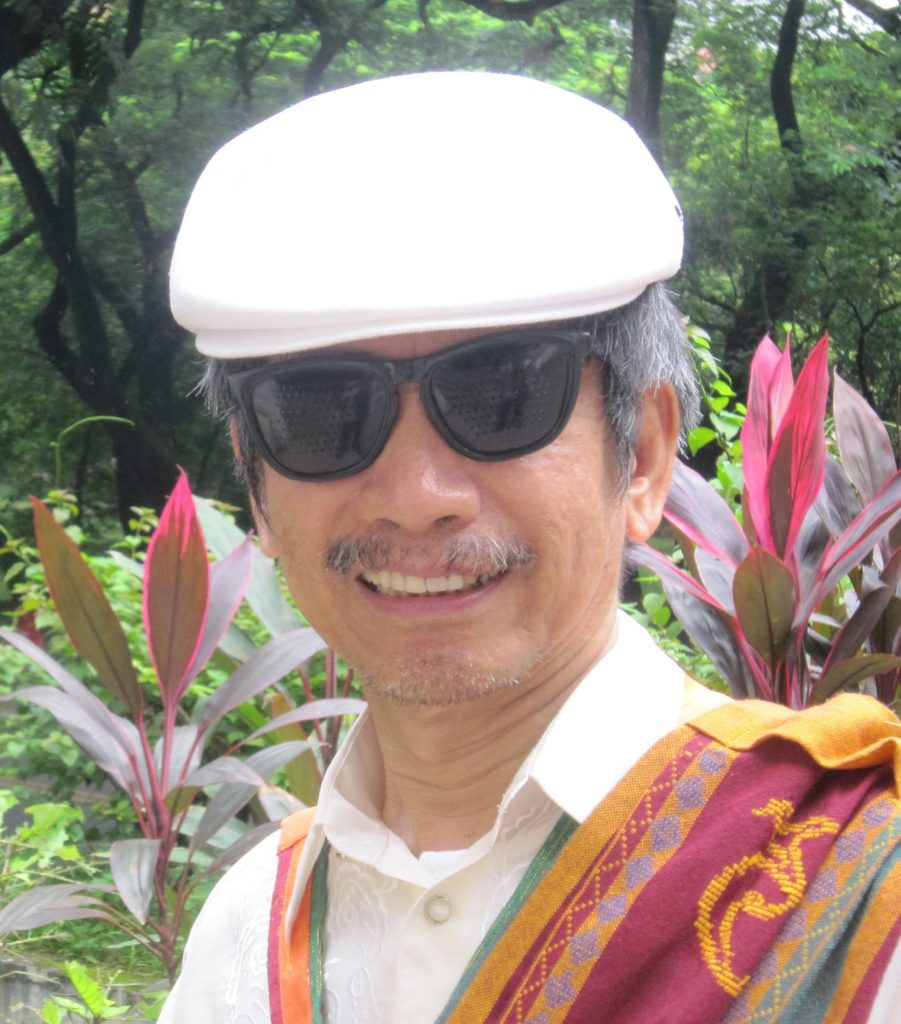Doc Willy Joe
I am W. I. Jose, Ph.D. (Doc Willy Joe), a Chemical Engineer interested in Biotechnology, Energy, Environment, Design Engineering, and Creativity and Innovation, which led me to advocate sustainable practices. I am retired, and to keep grinding, I developed my own health and fitness protocol (Health and Fitness Engineering Practices). My diverse interests are possible using the ParaBIGPro (The Paradigm-Based Idea Generation Process), which took me 50 years to tune up. My blog posts and YouTube uploads feature the above topics. Guest bloggers spice up the content.





